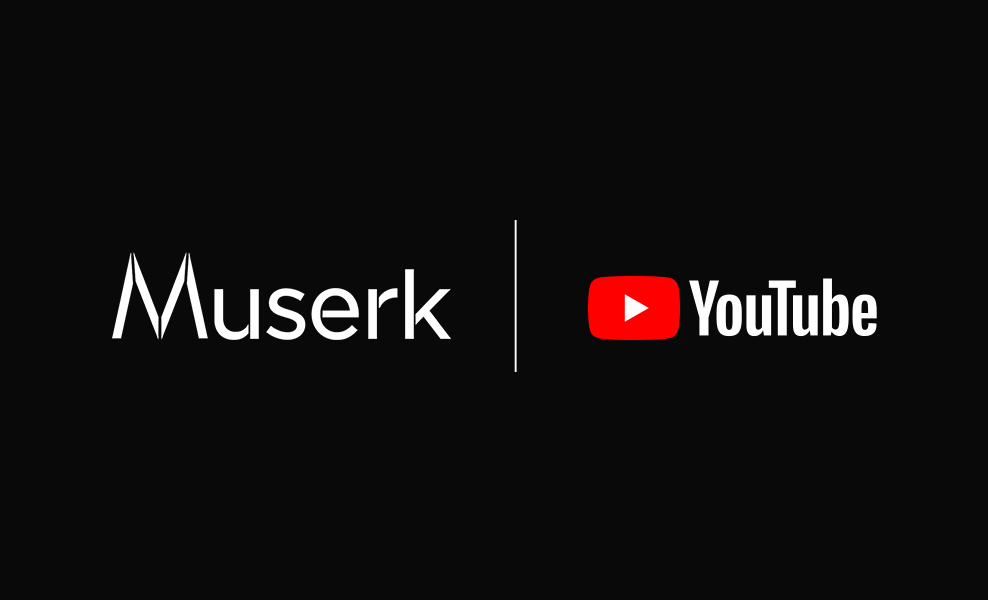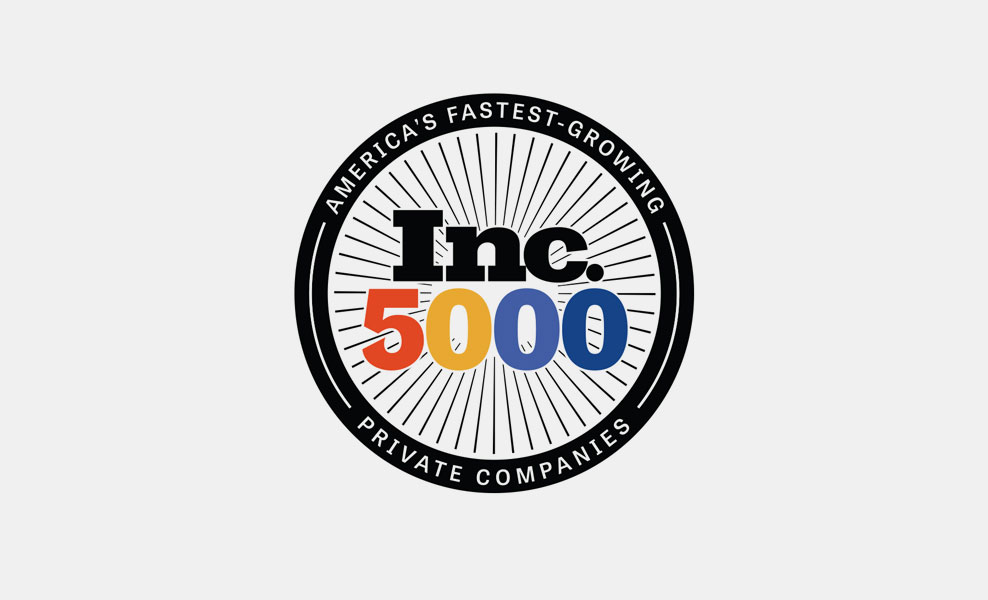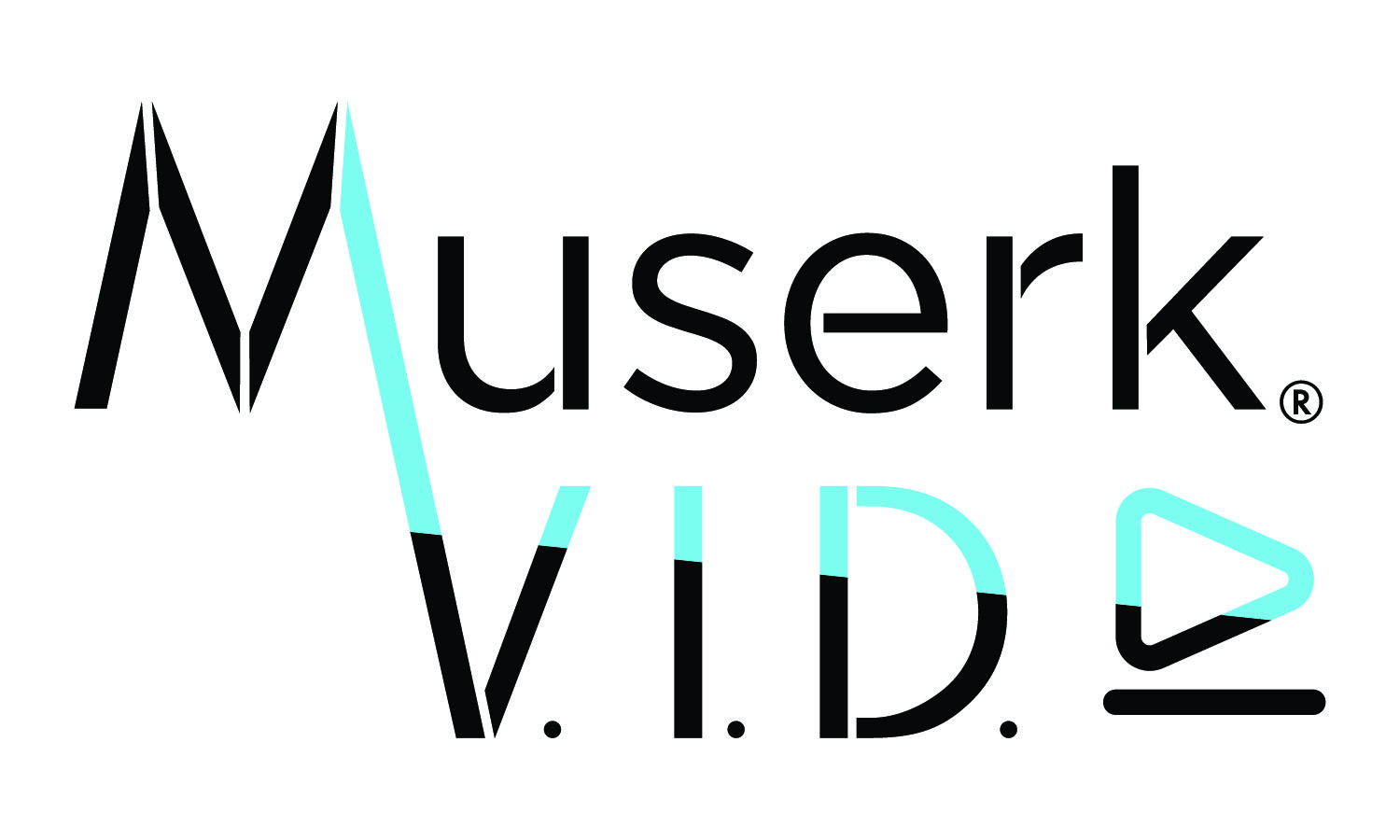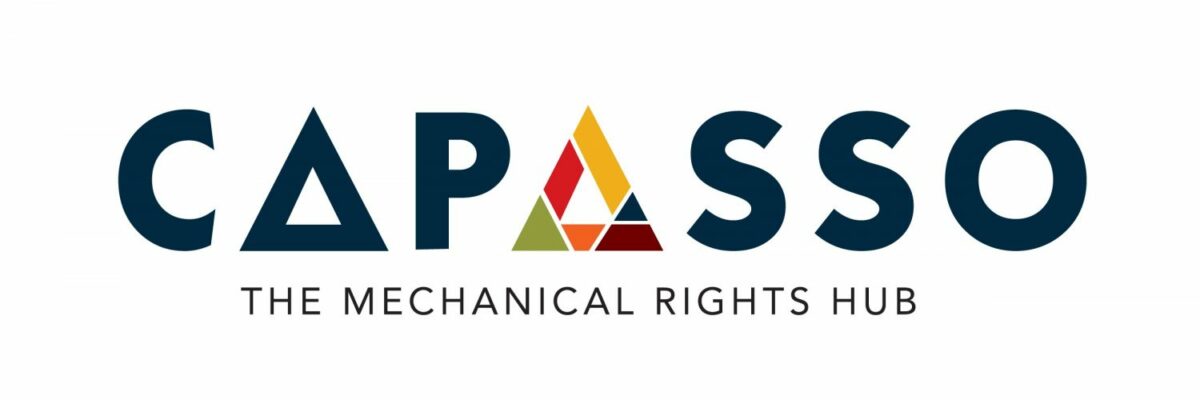Nashville, TN – September, 2024 – Muserk, the leading global rights management company, proudly announces its expanded global reach on YouTube, now offering comprehensive royalty collection services for rights holders worldwide. This new development strengthens Muserk’s mission to help creators, musicians, and rights holders accurately collect their royalties across borders and platforms. Through Muserk’s advanced […]
Read More





